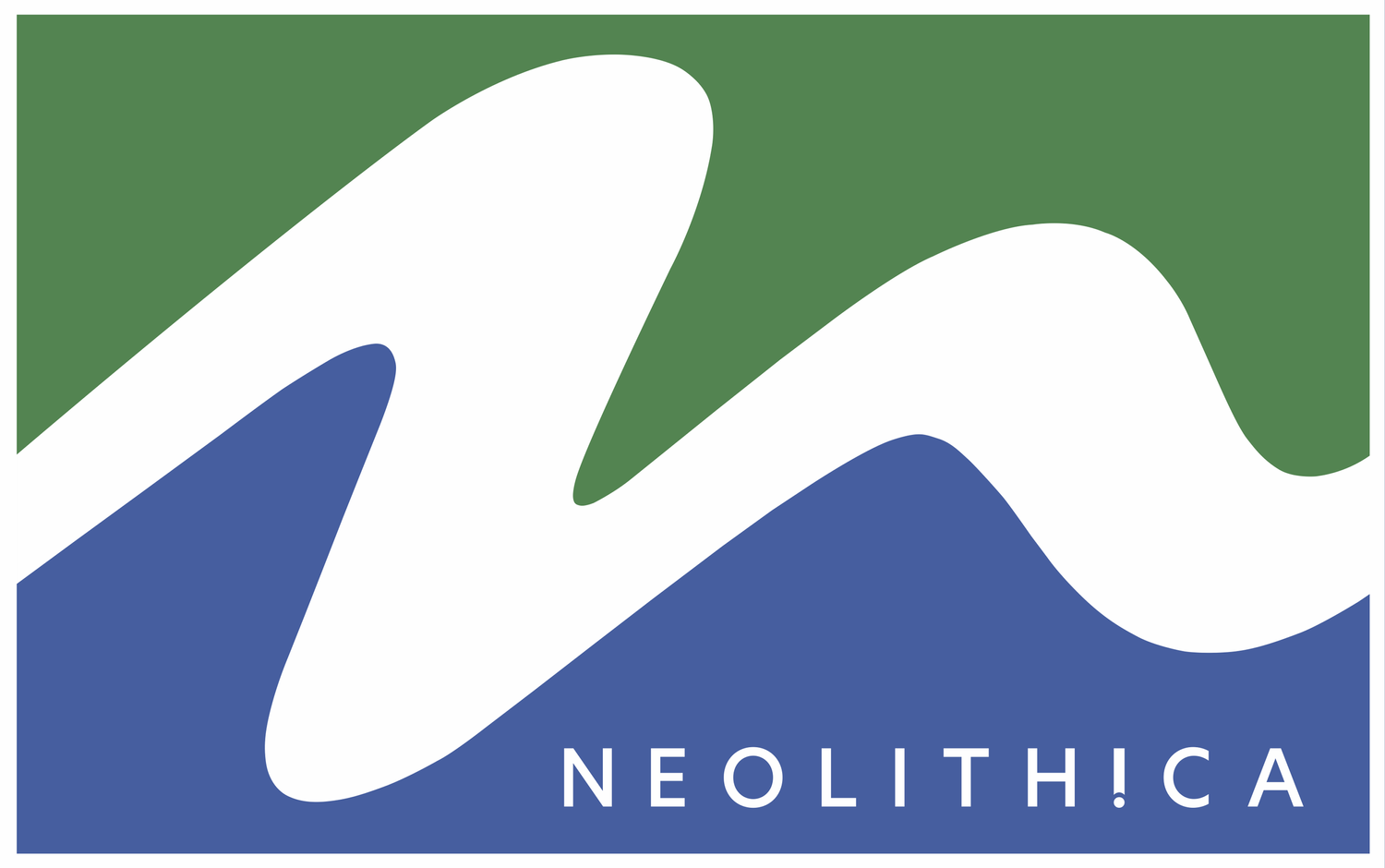
NeoLithica’s Peace River Project represents one of the largest single lithium-brine resources in western Canada.
NeoLithica reports an inferred mineral resource of 10 million tonnes of lithium carbonate equivalent (LCE), at an average grade of 70.0 mg/L over 495,000 hectares of crown mineral tenure at its Peace River Project.
The Peace River region is home to thick, extensive, and highly-productive lithium-brine aquifers associated with carbonate reef buildups in the Leduc Formation of the Devonian Woodbend Group. Access to the Leduc Formation aquifer brine at the Peace River Property will be undertaken by drilling and completing wells to pump the brine from depths of approximately 2,250 m. Once the lithium is extracted, the brine will be injected back down into the Devonian aquifer or into an overlying or underlying aquifer.
The Peace River Project consists of 62 contiguous Metallic and Industrial Mineral permits issued by the Alberta Energy Ministry that overlie the thick Leduc fringing reef, which were deposited in a shallow inland sea along the emergent Peace River Arch. All permits are held 100% by NeoLithica Ltd. and currently the Project is comprised of a total area of 498,289 hectares (1,925 square miles).
The Permits extend from Township 74, Range 3 W6M to Township 85, Range 16 W5M. The southern extent of the mineral tenure lies 20 kilometres from the regional centre of the City of Grande Prairie. The northern extent of the mineral tenure lies approximately 20 km north of the Town of Peace River.
NI 43-101 resource summary on Peace River Leduc Formation
The Peace River Project lies along the eastern edge of the Peace River Arch, an emergent landmass that was a topographically prominent element throughout the Devonian Woodbend and Winterburn Groups’ deposition. In this area, the Upper Devonian sediments of the Woodbend Group were deposited in a shallow inland sea bounded by the Peace River Arch to the northwest and the West Alberta Ridge to the southwest, creating a barrier between the sea and the open ancestral Pacific to the west.
A depiction of the Leduc Fm fringing reef that onlaps
the Peace River Arch (after Switzer et al, 1994)
The area of the landmass continued to diminish in size due to gradual subsidence and the onlapping of a series of backstepping fringing reef complexes in the Leduc Formation. The Leduc reef reached a maximum thickness of 300m, and has been largely replaced by dolomite, a process that enhanced the porosity and permeability of the reservoir. In addition, normal block-fault movements in the area affected both Woodbend and Winterburn deposition.
The Wabamun Formation, that overlies the Leduc, is also a potential source of lithium-brine with similar chemistry as the Leduc Fm and may be added to NeoLithica’s NI 43-101 resource estimation in the near future.

“Publishing our NI 43-101 technical resource report is a major milestone for NeoLithica and its shareholders as it establishes the Peace River Project as a significant lithium resource in Canada.”
— Barry Caplan, President



